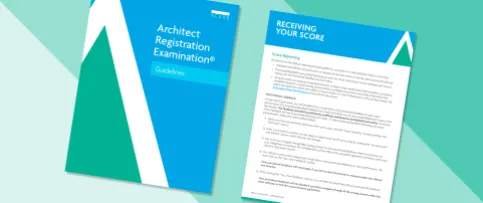NCARB first launched the Architect Registration Examination® (ARE®) in 1983. Since then, NCARB has unveiled several versions of the ARE; each new version was developed in response to changes in architectural practice, as well as changes in the needs of the U.S. licensing boards.
The 55 U.S. licensing boards (NCARB’s members) use the ARE to assess whether or not an applicant is competent enough to practice architecture in a way that protects the public health, safety, and welfare. And because architectural practice constantly evolves, so does the ARE.
Determining Necessary Changes
Periodically, NCARB conducts a thorough study of the current and near-future practice of architecture to understand which tasks and skills licensure candidates must know to practice competently. The study’s findings are used to inform decisions regarding what content should be included on the ARE and how the ARE should be structured. NCARB’s 2012 NCARB Practice Analysis of Architecture led to the development of the ARE 5.0, including its six-division structure.
Between practice analyses, NCARB works with test development experts (called psychometricians) and architect volunteers to review and revise the exam. These changes can include:
- Removing test items that are too easy or too hard to ensure exam results are valid and reliable
- Adding new items that address evolving practice
- Updating the software and function of the ARE to provide a better testing experience
By updating the exam, NCARB can address new candidate concerns or needs, ensure that all test-takers receive a fair evaluation of their knowledge and skills, and assure our member licensing boards that the exam continues to assess competency..



